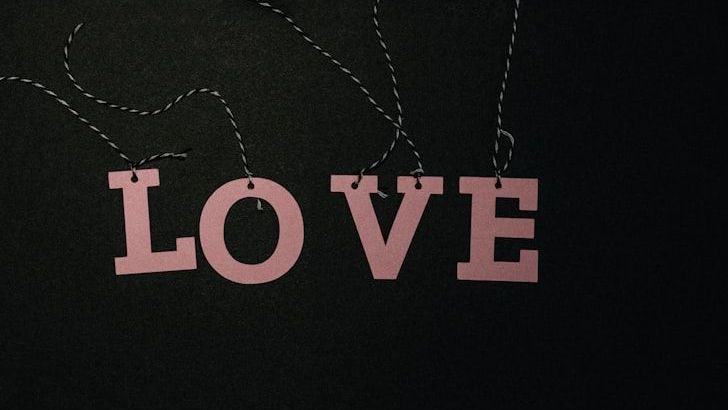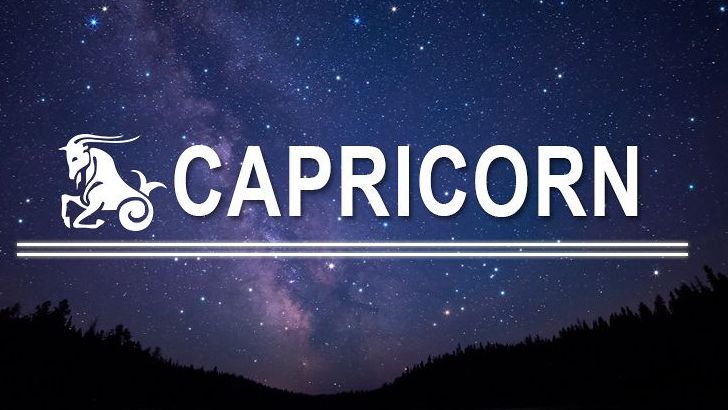The Reality Behind Rising Visa Rejection Rates

Picture this: you’ve saved for months, planned the perfect American road trip, filled out all the paperwork, and then – rejection. The recent data from the U.S. Department of State showcases a visa refusal rate of over 30% for B category visa applicants in 2024. This isn’t just a number on a spreadsheet – it represents thousands of shattered vacation dreams and missed family reunions. This sharp rise highlights the increasing scrutiny under which applications are evaluated. The truth is, getting into America as a tourist has become noticeably harder, and the statistics paint a stark picture that every potential visitor needs to understand. Stricter border policies under the Trump immigration administration have led to increased scrutiny, visa denials, and electronic searches.
New Trump Administration Policies Creating Additional Hurdles

With recent immigration changes being made by the Trump administration, international travelers, including tourists and immigrants, have faced increased scrutiny when entering the United States. Changes in immigration enforcement policies under the Trump immigration administration have led to stricter border security measures for travelers. DOS announced on February 18, 2025, that it was restricting the categories of applicants who are eligible for a waiver of the in-person interview requirement for a nonimmigrant (temporary) visa. This means more tourists now need to appear in person at embassies, adding time and complexity to the visa process. The new policy restricts interview waiver eligibility to applicants who are applying for a visa in the same visa classification and had a prior visa that had expired less than 12 months ago, down from the previous 48-month window. This new policy will place additional demand for in-person visa appointments and will likely result in longer delays in obtaining visa appointments at US consular posts.
Dramatic Changes in Visa Interview Requirements

The days of easy visa renewals are rapidly disappearing. Previously, many nonimmigrant visa applicants were granted a waiver of the in-person interview requirement if they were applying for a visa in the same visa classification and had a prior visa that had expired less than 48 months ago. Now, that window has shrunk to just 12 months, forcing many repeat visitors to go through the full interview process again. This change affects millions of tourists who previously enjoyed streamlined renewals. Think of it like this: if you used to be able to renew your driver’s license online, but now you have to visit the DMV every single time – that’s the level of inconvenience we’re talking about. There has been wide speculation about the Trump immigration administration imposing new travel bans similar to the ones imposed during the first term of the Trump administration.
Record-Breaking Foreign-Born Population Creates Processing Backlogs

As of January 2025, the United States has the largest immigrant population in the world in absolute terms, with 53.3 million foreign-born residents, representing 15.8% of the total U.S. population—both record highs. This unprecedented influx has created massive backlogs in the immigration system that directly impact tourist visa processing. The numerical increase of 8.3 million in the last four years is larger than in any four-year period in American history. Immigration officers are overwhelmed, processing centers are stretched thin, and tourist applications are getting caught in the same bottlenecks affecting all visa categories. For the first time since 1850, when the U.S. Census Bureau started recording nativity data, immigration accounted for the entire growth of the U.S. population between 2022 and 2023. This system strain means longer waits and more thorough vetting for everyone, including innocent vacationers.
Specific Countries Face Alarming Rejection Rates

Not all passports are created equal when it comes to U.S. visa approval. Pakistani visa applications have been subject to increased scrutiny due to economic challenges and security concerns, with a staggering 40.82% rejection rate. The high rejection rate for Russia is largely due to geopolitical tensions and fears of visa non-compliance, reaching 39.49%. Iraqi nationals face a notable visa rejection rate due to security issues and instability on a political level at 37.09%. Even traditionally friendly nations aren’t immune – Sweden (20.68%): On balance is stable, but certain visa categories are subject to heightened rejection rates in Sweden. Egypt (26.11%): Political and economic pressures in the country have created a higher rate of visa rejection. These numbers represent real people whose vacation plans were derailed by geopolitical factors beyond their control.
Financial Requirements Have Become More Stringent

Show me the money – that’s become the unofficial motto of U.S. visa officers. Details can lead to rejection approximately 20% of US visa rejection rate are attributed to financial insufficiencies. Applicants must prove they can financially support themselves during their stay. Lack of sufficient bank balance, unclear source of funds, or inadequate sponsorship have become major stumbling blocks. It’s not enough to have some money in the bank anymore – you need comprehensive financial documentation that tells a complete story. Officers are looking for proof that you won’t overstay your visa to work illegally, which means demonstrating strong economic ties to your home country. This scrutiny has caught many legitimate tourists off guard, especially those from countries with weaker currencies where demonstrating substantial funds becomes challenging.
Electronic Device Searches at Borders Intensify

Your smartphone might be your biggest liability at the U.S. border these days. U.S. Customs and Border Protection dramatically increased inspections of phones, laptops, and other personal electronics, often without requiring a warrant. CBP’s use of these searches is based on the stated goal “to identify and combat terrorist activity, child pornography, drug smuggling, human smuggling, bulk cash smuggling, human trafficking, export control violations, intellectual property rights violations, and visa fraud.” A Palestinian Harvard student was denied entry after border officials questioned him about social media posts made by his friends, despite having a valid visa. An Australian tourist was turned away for mentioning plans to cat-sit, which CBP interpreted as unauthorized work. USCIS can seize your electronic device(s), and for individuals entering with temporary status, CBP can refuse your admission to the US if you refuse to comply with a search. Tourists are finding themselves in secondary inspection rooms, watching officers scroll through years of personal messages and photos.
ESTA Applications Face New Restrictions and Delays

Even the supposedly “easy” route for visa-free travel is getting harder. The criteria stress passport security, a visitor visa refusal rate below 3%, and a reciprocal visa waiver for U.S. nationals, among other requirements. You cannot apply for an ESTA visa waiver if you travelled to or were in Cuba on or after 12 January 2021. This means a simple vacation to Havana can disqualify you from visa-free travel permanently. VWP countries having a 2% or greater rate of business or tourism nonimmigrant visitors overstaying the terms of their admission into the United States must initiate a public information campaign to reduce overstay violations. In December 2018, ESTA was no longer processed in real time, and travelers were advised to apply at least 72 hours before departure. What used to be instant approval now requires advance planning, and mistakes in your application history can haunt you for years.
Processing Times Reach Historic Highs

Time is not on the side of prospective tourists anymore. On average, you should expect your visa processing to take anywhere between 10 days to six weeks, depending on the circumstances. However, this is just the processing time – for some applicants, the biggest delay may not be in their application review but rather in securing an interview appointment. Visa applicants are reminded to apply early for their visas, well in advance of the anticipated travel date. While many locations have reopened fully, applicants should expect longer wait times in certain regions. Some embassies are reporting interview wait times of several months, effectively killing spontaneous travel plans. Before making inquiries about status of administrative processing, applicants should wait at least 180 days from the date of interview or submission of supplemental documents. That’s six months of uncertainty for what should be a simple vacation request.






